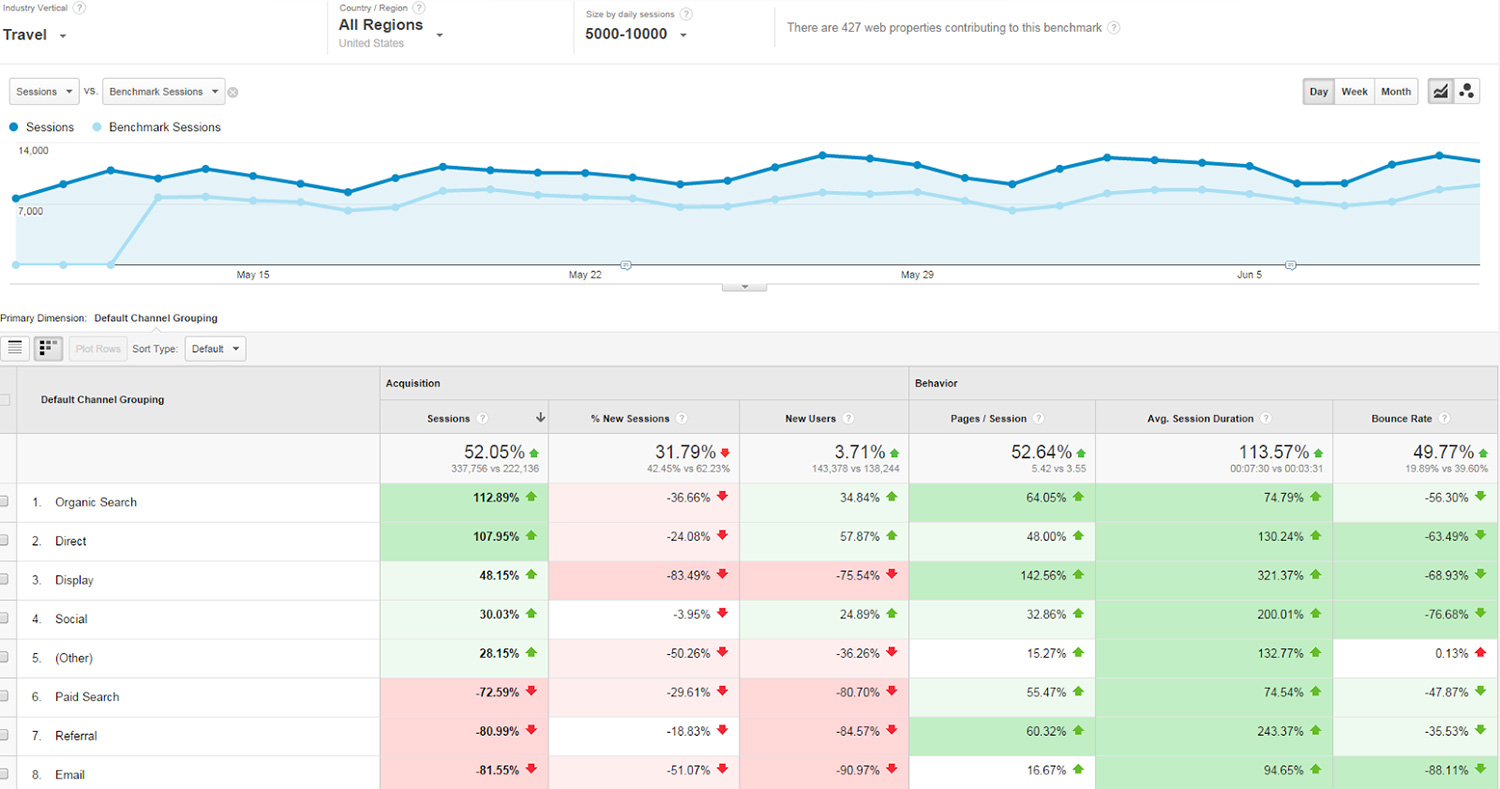

Indexes are unmanaged, statistical composites and their returns do not include payment of any sales charges or fees an investor would pay to purchase the securities they represent. Market-weighted means that component stocks are weighted according to the total value of their outstanding shares. The S&P 500 represents about 80% of the total market value of all stocks on the New York Stock Exchange. Process benchmarking involves analyzing and comparing your company’s processes against your competitors. Standard & Poor's 500 (S&P 500) Index is an unmanaged market-weighted index of 500 of the nation's largest stocks from a broad variety of industries. It analyzes a variety of your key performance metrics and can identify opportunities for cost savings or ways to increase the effectiveness of your. Three of the 68 industries do not have companies represented in the S&P 500 Index therefore, performance is not available for Marine, Transportation and Infrastructure, and Water Utilities. EY’s benchmarking analysis can provide insight into your company’s performance by comparing your financial and related data with those from similar organizations. There are currently 10 sectors and 68 industries. The Cboe Volatility Index, Wall Streets so-called fear gauge, touched its lowest intraday level since June 2021. Revenues are a significant factor in defining principal business activity however, earnings analysis and market perception are also important criteria for classification. A company is assigned to a single GICS industry according to the definition of its principal business activity as determined by Standard & Poor's and MSCI.
Benchmark analytics stock drivers#
Determine which metrics and analytics support the workforce drivers for. S&P uses GICS to determine the market segment to which a company is assigned. Learn how employers can use benchmarking for comparison of common human resource. GICS is an industry classification system developed by Standard & Poor's in collaboration with Morgan Stanley Capital International (MSCI). Chart Performance figures may vary slightly from 1 Year % Change due to different timeframes used in chart calculations.

Last % change is the nominal change in the price of the index from the previous trading day's close expressed as a percentage as of the index value at the time noted in the Date & Time field. Q1 earnings slowed 21 to 85 cents a share on a year-over-year basis. your business for success requires taking stock of your long-term objectives. While the EV pioneer sports average annual EPS growth of 146 over the last three years, quarterly growth has been bumpy. Last % change is the nominal change in the price of the index from the previous trading day's close expressed as a percentage as of the index value at the time noted in the Date & Time field. DAT iQ includes Benchmark Analytics, a rate benchmarking and network. Behavioral Alpha Benchmark assessment, which measures portfolio manager skill over the previous 36 months in seven key decision types: stock picking. Customer retention rate, Cohort analysis report, Shopify plan and above. Sectors & Industries Performance is represented by the S&P 500 GICS® (Global Industry Classification Standard) indices. You can compare your stores data against benchmarks for specific metrics within.


 0 kommentar(er)
0 kommentar(er)
